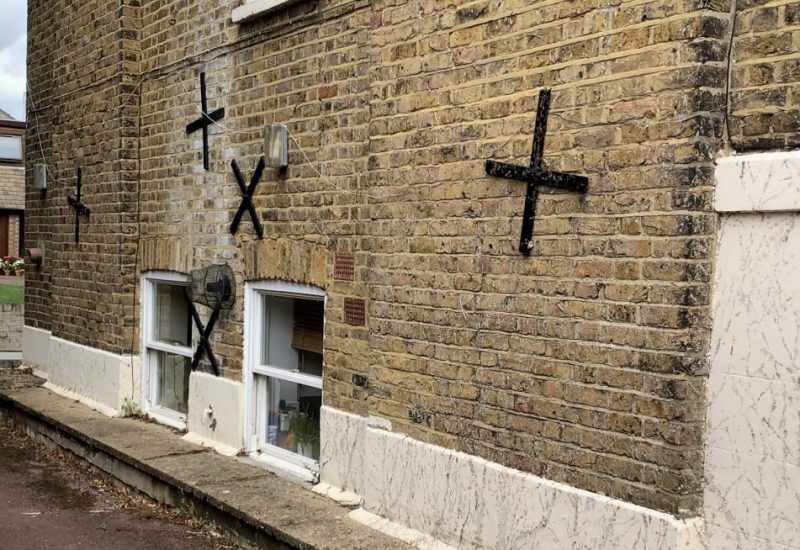
Underpinning
If you’re reading this because you’ve been advised to have your foundations underpinned: oh dear! For everybody else, forewarned is forearmed as we explain what underpinning involves.
Weak foundations
Underpinning is carried out when the foundations of a building need to be strengthened, often when changing soil conditions have weakened the original foundations. Sometimes, major construction or excavation work at a neighbouring building can affect your property’s structure and weaken its foundations. The depth or width of the original foundations are extended in the underpinning process.
What even is a foundation?
It seems obvious; a foundation is a base, so it’s the first and lowest part of a building. But what does that look like?
Foundations start off as trenches which are filled with concrete or a combination of concrete and slabs, or even upright metal rods. This part of the foundation is known as the footing and its exact composition depends on the bearing capacity of the soil. As the main walls of a property will be built on foundations, they must safely distribute the weight of an entire building.
What do I need to look out for?
You need to be looking out for signs of subsidence. Your property might be affected by subsidence if the building looks as though it’s leaning to one side. Also, check for cracks around doors and windows. If any cracks are 3mm in width or are wider at the top, then you should ask for a structural engineer to inspect your property. Check also for doors and windows that stick; that’s another indication of possible subsidence.
The underpinning process
In order to strengthen (underpin) the original foundations of a building, you will need to extend them deeper or wider. The most commonly known method involves the removal of soil below and around the footings. In the newly created voids, the existing footing is supported by poured concrete or a reinforced concrete beam. This redistributes the weight of the building to a larger surface area.
There are other methods of underpinning. Sometimes, there are issues such as difficulty excavating the foundations which make the more traditional mass concrete and beam and base methods impracticable.
Even the less invasive procedures, such as injecting a filler to strengthen the soil, are important undertakings. Therefore, it makes sense to ask a structural engineer for remedial solutions before the need for underpinning arises.
